Latest News
News
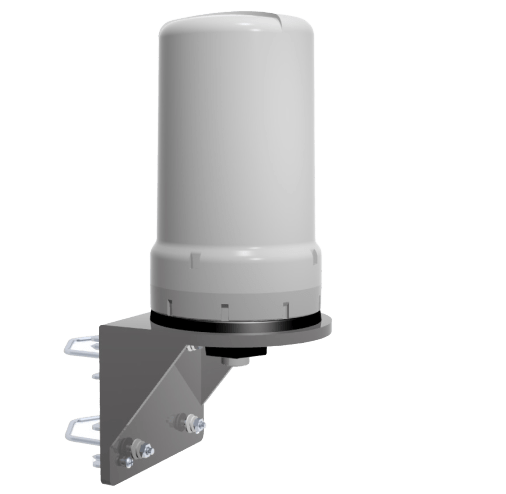
Innovative LTE 450 antenna solutions from EAD
LTE 450 antenna solutions are available from EAD. Based on our portfolio of innovative designs, antennas can be supplied for LTE 410 or LTE 450 networks.
Offering both MIMO and SISO antenna solutions, EAD has a range of omni-directional antennas to complete LTE 450 and LTE 410 deployments.
The LMO4547 antenna is a wall-mount, pole-mount or non-metal surface mount, dual polarized MIMO omni-antenna. With one vertically polarized element and one horizontally polarized element, the LMO4547 is compact and designed for permanent outdoor deployment. It can be deployed for fixed site access, mobile applications or off-shore marine environments.
The WCO-450-MIMO-WMB is a compact MIMO, durable and robust 450-470 MHz outdoor omni antenna. Based on our proven WCO (waterproof compact omni) platform, this antenna can be wall-mounted and is ideal for commercial and industrial applications requiring LTE 450 access. This antenna can easily be re-tuned for 410-430 MHz making it ideal for LTE 410 applications too.
The WCO-450-WMB is a wall-mount 450-470 MHz SISO antenna designed for continuous outdoor deployment. The UV-resistant LURAN sheath is mounted onto N-Female connector barrel which is attached to a stainless steel L-bracket.
All 3 antennas are terminated directly in a connector or a short pigtail so can be easily deployed with jumper cables such as RF195 or RF240.
For a mobile applications where a non-permanently mount antenna is required, the LP-MAG-450 is robust solution. Once again based on our proven WCO platform, the WCO antenna is married with a rugged magnetic mount thereby offering a durable installation for public service, industrial and commercial vehicles and systems.
For terminal mount the WCO 410 and 450 MHz antennas can be fitted with TNC Male / TNC-Female / N-Male and N-Female connectors to to provide terminal mount or through-hole mount antennas for fixed and mobile terminals and enclosures.
For more information and pricing on our LTE 450 antennas and LTE 410 antennas, please contact us.
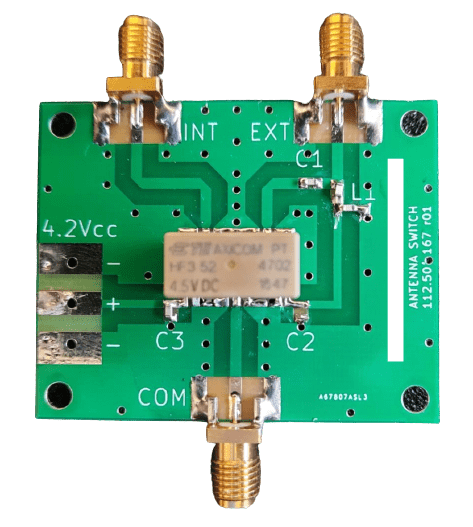
RF Antenna switch recent custom development design
The RF antenna switch shown in the image is a recent custom development that allows the connection of two antennas on a single RF
board.
The circuit is based on a 50Ω characteristic impedance RF relay that is rated up to 3 GHz. It is designed to operate an
all the major celluar and IoT bands normally available.
In its normal operation, i.e. with the relay deactivated, antenna 1 connected at the INT port (port 2) is operational. Normally this arrangement provides an embedded antenna that can be effective in several operating conditions.
If antenna 1 becomes non-operational, antenna 2 connected to the EXT port (port 3) becomes active, providing this antenna has a DC short circuit in its design, the relay will be activated and the RF module will be automatically connected to this second antenna.
The whole RF antenna switch circuit is mounted on a 40×50 mm PCB that provides four mounting holes, so this device can be integrated into a product casing by means of plastic spacers or holders.
For more information on such products, please contact us.
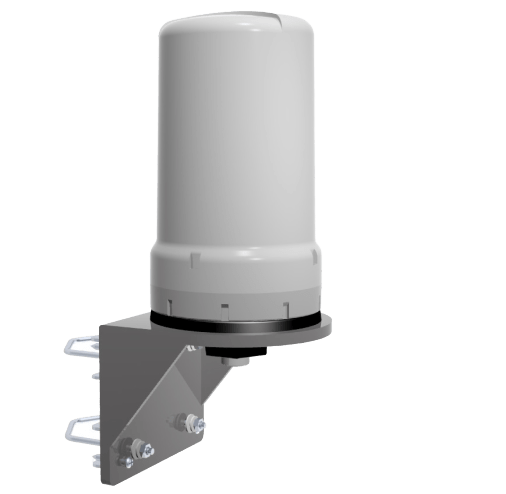
LMO6138 5G MIMO omni antenna now shipping
EAD is pleased to announced that the 5G version of the popular LMO7270 antenna is now shipping. The LMO6138 5G MIMO antenna operates at frequencies from 617 MHz to 3800 MHz covering the most widely used 5G, 4G and LTE frequencies.
Just like the LMO7270 antenna, the LMO6138 is an outdoor pole, wall or non-metal surface mount antenna. With dual polarized elements, this antenna offers exceptional performance in a compact radome and its flexibility of mounting options facilitates many types of installation.
Combined with RF195, RF240 and RF400 cables, the LMO6138 can be adapted to many installations for security, HD video, business continuity and broadband access applications.
For retail customers in Europe, the LMO6138 5G MIMO antenna can be purchased via the Connex Webshop. For larger quantities, please contact your local EAD dealer or distributor or contact us directly with your requirements.
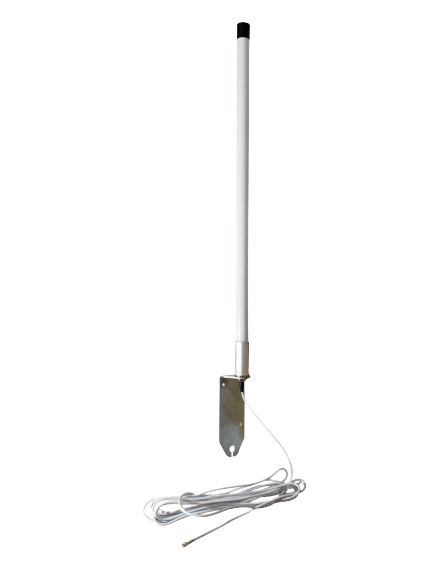
868 915 MHz High Gain Omni-directional antenna now shipping
The WMO86916 868 915 MHz High Gain outdoor omni-directional antenna is now in stock and shipping. Offering 5.8 dBi gain at both 868 and 915 MHz frequencies, this antenna is compact and robust. Supplied with 5M white low loss cable as standard, the WMO86916 antenna is fitted with a L-bracke for wall-mounting.
Ideal for LoRa, Sigfox and LPWAN deployments, this antenna is suitable for terminals located in areas of weaker signal and on the fringes of the network.
For small volumes, European customers can purchase this antenna from the Connex webshop.
For smaller, more compact antennas, please check out the DMO8684 and the WCO-868-WMB.
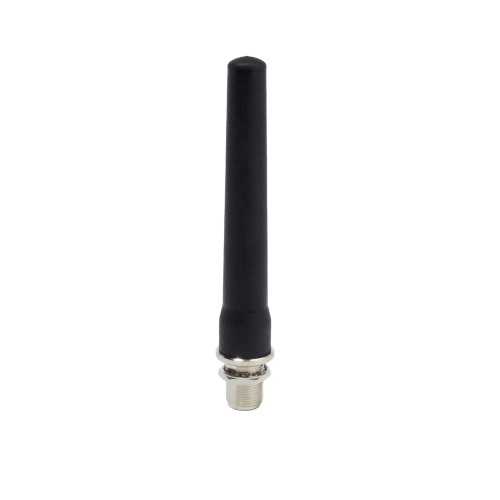
LoRa Sigfox outdoor omnis address terminal mount applications
LoRa Sigfox outdoor omnis from EAD are ideal for terminal and enclosure mounting. They are based on our WCO (Waterproof Compact Omni) antenna platform. Using either N-Female through-hole mount or N-Male connectors, they are robust and durable and offer consistent RF performance.
The antenna element is housed in a UV-resistant, black Luran Sheath. The sheath measures approximately 116mm in overall length and is screwed and bonded onto the barrel of the connector for durability.
For 868 MHz LoRa and SigFox applications, check out the WCO-868.
For 915 MHz Lora and SigFox applications, check out the WCO-915.
Our LoRa Sigfox outdoor omnis can offer flexible mounting options with other connectors such as TNC-Male available on request or alternatively the antennas with N-Female connector can be supplied with a L-bracket for wall-mounting and complemented with a RF195 or RF240 low loss cable.
Our WMO86916 antenna is a high gain (5.8 dBi) wall-mount antenna that can be used to extend the range of 868 MHz and 915 MHz deployments. For customers in Europe wanting low quantities, this can be purchased via the Connex Webshop.
The WCO range can also be supplied at other frequencies including 169, 433, 450 MHz and 2.4 GHz. For more information and a customised quotation, please feel free to contact us.
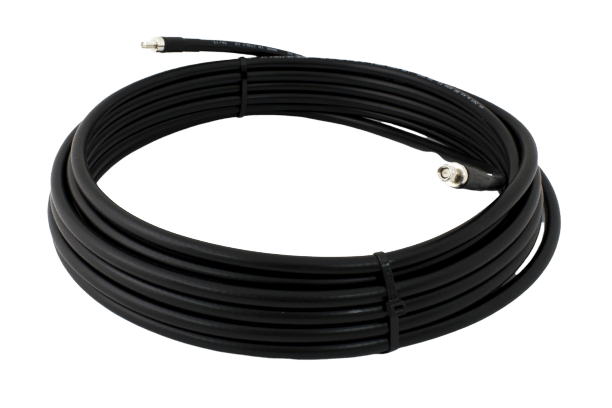
Select your cables using our new coaxial cable configurator
Our new online coaxial cable configurator is a visual way to build your required low loss cable.
First of all, select the desired cable type. The choices are RF195, RF240 or RF400.
Secondly, select connector 1, for example, N-Male Plug, SMA-Male or TNC-Male. An image showing each connector is there to help you.
Thirdly, select connector 2, for example, SMA-Female, N-Female. Again, an image showing the connector is there to help you.7
Finally, choose your cable length in metres.
Once completed the coaxial cable configurator generates a part number for you and form to request a quotation.
For the most popular cables, we have a selection on sale via the Connex webshop.
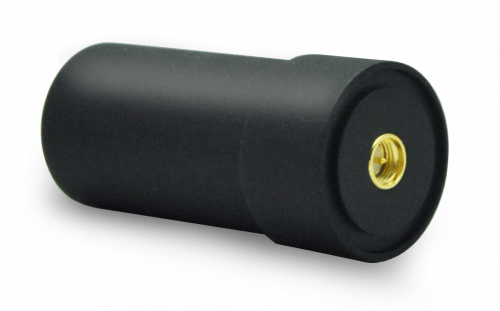
HX-CH6601A GNSS active helix antenna now in stock
The HX-CH6601A GNSS active helix antenna from Harxon is now in stock in the UK for purchase. Receiving signals from GPS L1, L2, GLONASS L1, L2 and Galileo constellations, it is lightweight, high performing antenna solution.
With an integrated LNA offering effective gain of around 33 dB, the antenna weighs less than 25g and measures just 59mm in length and 27.5mm in diameter. The antenna is terminated in a SMA-Male connector.
The HX-CH6601A is ideal for UAV, GIS surveying and a number of precision positioning applications.
The HX-6601A GNSS active helix antenna can be purchased by European customers in small quantities via the Connex Webshop.
For more information, please contact us.
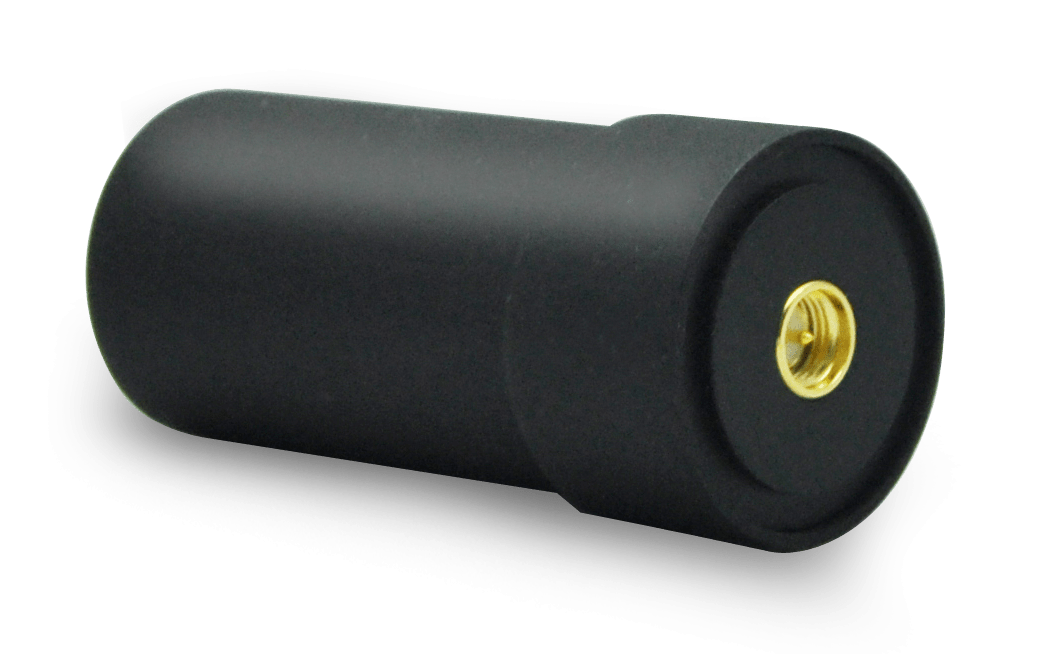
L1 L2 Lightweight Helix antenna from Harxon now available
A new L1 L2 Lightweight Helix antenna from Harxon is now available. The HX-CH6601A antenna weighs just 25g. Its length is 59mm and diameter 27.5mm. It is ideal for precision positioning applications. UAV and GIS Surveying are two particularly suitable applications for this antenna. But many other positioning applications can take advantage of this antenna.
The CH6601A L1 L2 Lightweight Helix antenna is just one an innovative range of GNSS Helix antennas. The Harxon products are just one of a number of best-in-class products available from our SAS range. Our range includes manufacturers such as Sirio, Laird, PCTel, Smarteq and others.
Our sister company’s webshop offers this Harxon antenna for purchase in low quantities for European customers.
Please contact us for custom quotations.
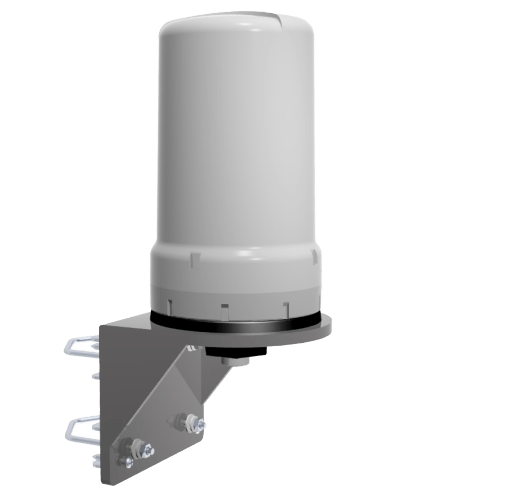
LMO MIMO Omni Band 71 5G antenna announced
A MIMO Omni Band 71 antenna has been announced by EAD. The LMO6138 antenna operates from 617 MHz to 3800 MHz covering the new 600 MHz (band 71) and the 3400-3800 MHz band for 5G. Based on our market-leading LMO7270 antenna, this new antenna offers robust RF performance with extended frequency support.
Supplied with a multi-purpose L-bracket for wall or pole mounting, the LMO6138 is dual polarised with one vertical and one horizontal antenna element each fed by a SMA-Male terminated pigtail.
This MIMO omni Band 71 antenna is ideal for wireless access, 4G and 5G-based security and CCTV systems as well as variety of signage, kiosk and remote video applications.
For more information and pricing on the LMO6138 MIMO omni antenna, please contact us.
The WTR6138 is a 617-3800 MHz terminal antenna and information can be found here.

Band 71 LTE antenna WTR6138 introduced by EAD
EAD has today introduced a Band 71 LTE antenna covering the 617 MHz to 3800 MHz frequencies. The WTR6138 is designed for mounting directly onto a router, modem or gateway.
As EAD’s first terminal antenna that covers Band 71 starting at 617 MHz, the WTR6138 is our widest bandwidth antenna covering the LTE frequencies across 700 to 2700 MHz. It also supports European 5G frequencies across the 3400-3800 MHz. With compact dimensions and a length of 171mm, this antenna offers consistent performance across the bands with a peak gain ranging from just under 1 dBi at the lowest band and 4 dBi in the higher bands.
The antenna is terminated in SMA-Male plug connector and is designed for direct mounting to a panel mounted SMA-Female connector.
For pricing and availability, please contact EAD or your local EAD distributor or reseller.
